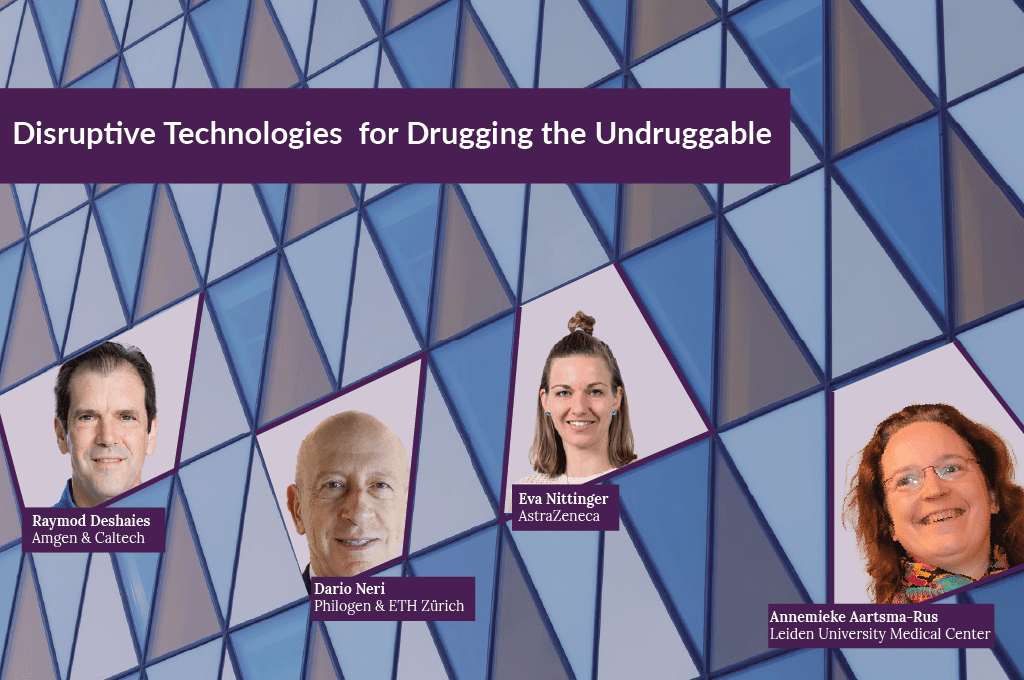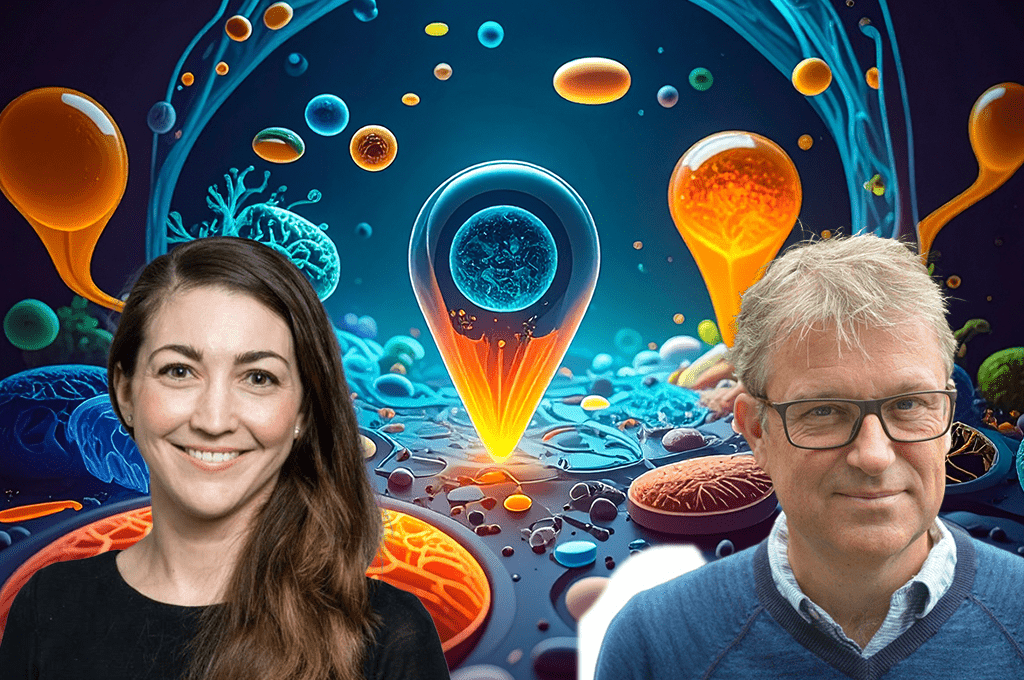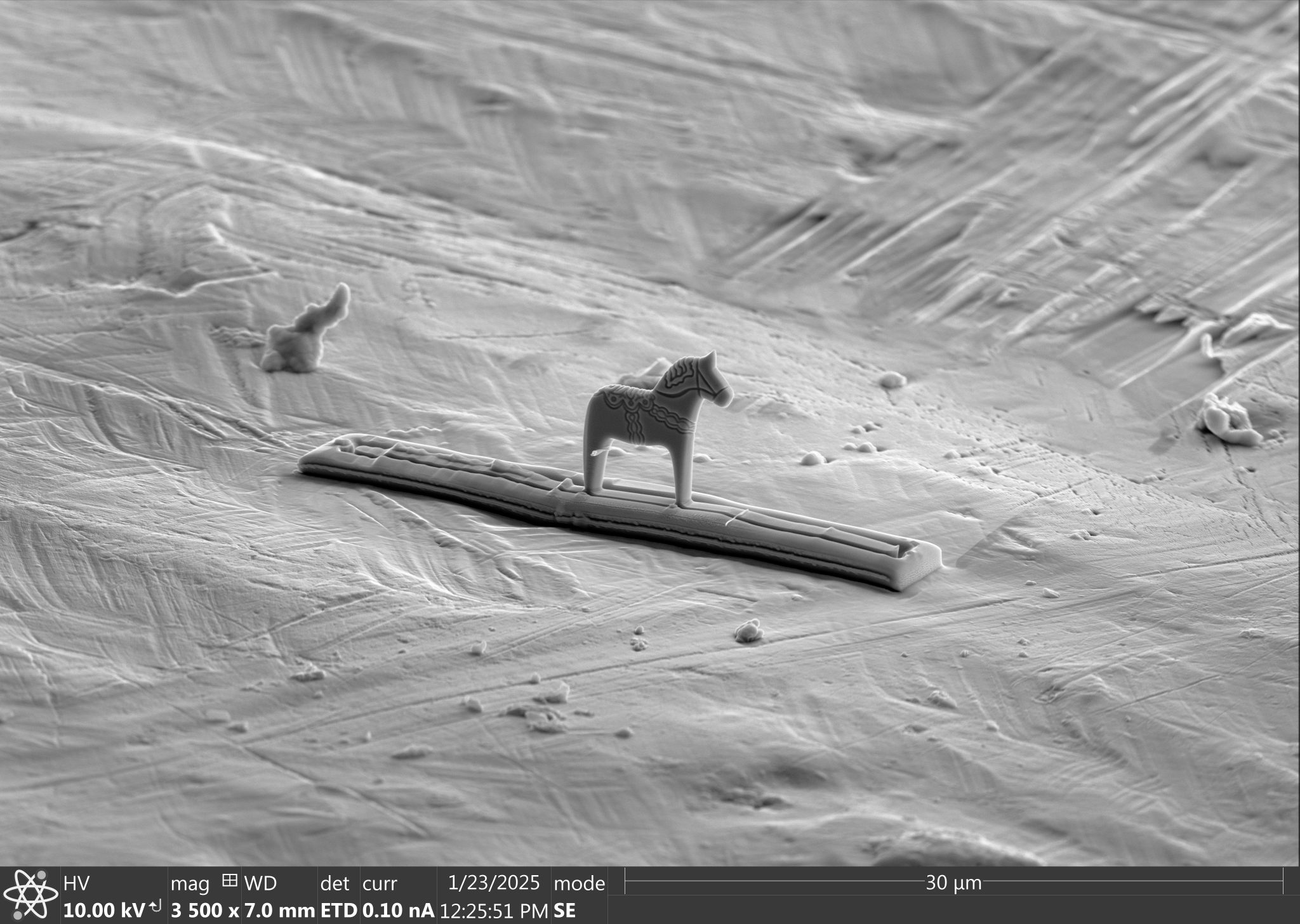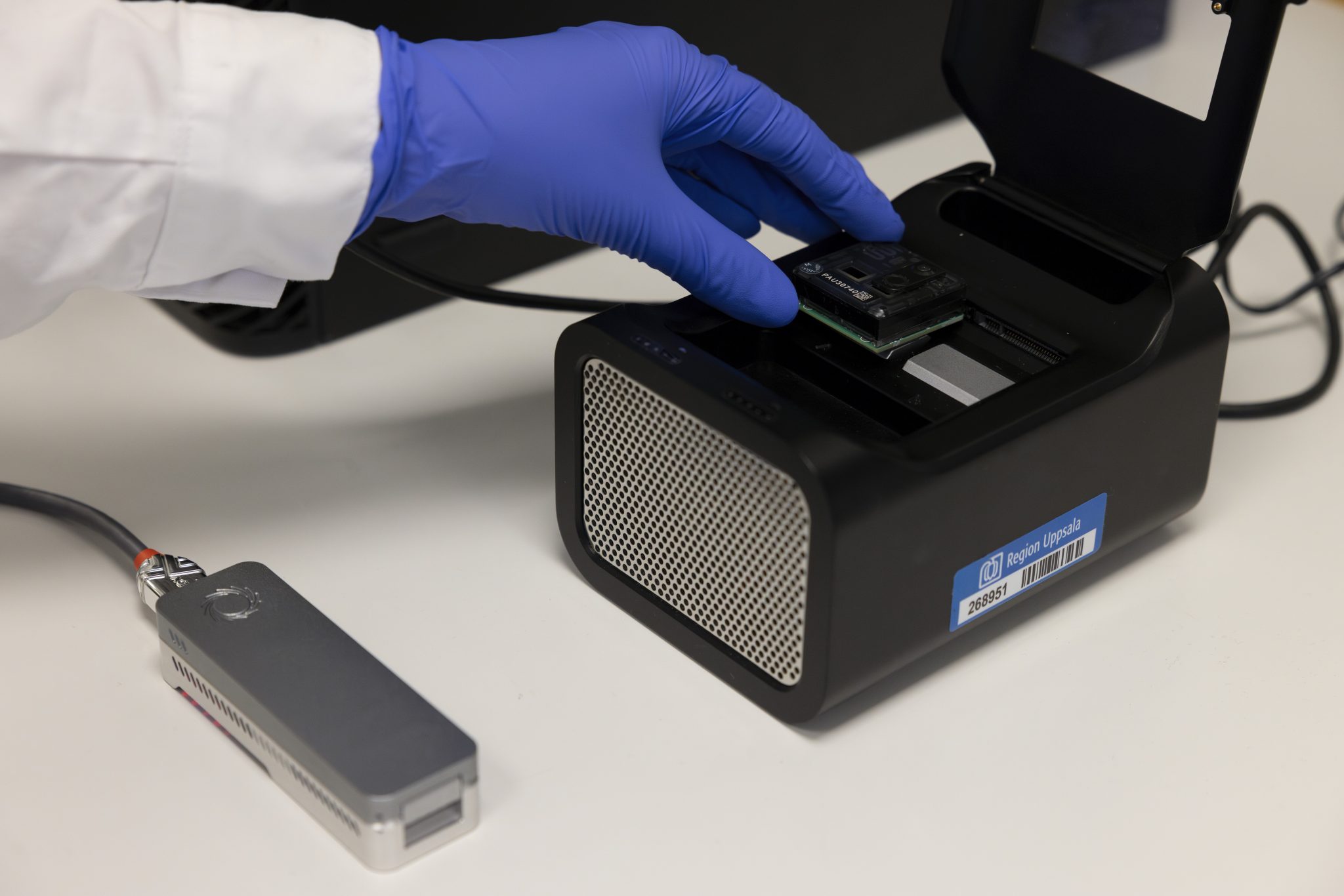An initiative to strengthen AI and life science for increased national competence
The Knut and Alice Wallenberg Foundation allocates an additional SEK 600 million to data-driven life science. The total investment from the Foundation in the area now amounts to SEK 3.7 billion.
“Developments in life science and AI are moving at a rapid speed. The foundation’s investments aim to create competence and know-how in the field, something that is important for Sweden as a nation,” says Peter Wallenberg, Chair, Knut and Alice Wallenberg Foundation.
Three years ago, the Wallenberg Foundation announced that it was investing SEK 3.1 billion in data-driven life science. The background was that new, large-scale genomic technologies, large datasets and artificial intelligence are revolutionizing life science.
The foundation’s life science investment included, among other things, SciLifeLab & Wallenberg National Program for Data-Driven Life Science (DDLS), with 39 powerful recruitment packages to attract internationally leading, young scientists to Sweden, as well as a large research school with hundreds of PhD students and postdocs.
“The recruitment of research talent to Sweden has gone extremely well and the foundation is now investing an additional SEK 200 million in eleven new recruitment packages as well as SEK 100 million for new microscopy equipment at the Science for Life Laboratory,“ says Sara Mazur, Executive Director of the Foundation.
The foundation is also allocating an additional SEK 270 million to “Alpha Cell”, a pilot project that aims to use artificial intelligence and spatial and temporal molecular data to create a predictive model for core functions of human cells and tissues. The project will be hosted by the Science for Life Laboratory, SciLifeLab and KTH.
“We see large synergies between the research program in data-driven life science, DDLS, and our major investments in quantum technology and AI within the WACQT and WASP programs. We believe that these investments in the long term give Sweden a competitive advantage, not least considering that we recruit over 300 internationally leading young researchers to Sweden and train more than 1,000 new PhDs in these fields,” continues Sara Mazur.
Finally, SEK 30 million is allocated to extend the Human Protein Atlas (HPA) program until the year 2030.
About the research program DDLS
The goal of the program is to recruit and train the next generation of researchers in data-driven life sciences and create globally leading competencies in computational and data science for life sciences in Sweden.
Data-driven life sciences use data, computational methods and artificial intelligence, AI, to study biological systems and processes at all levels, from molecular structures and cellular processes to human health and global ecosystems. The program aims to accelerate innovative development and/or application of new data-driven methods based on machine learning, and other computational methods within DDLS’s four strategic research areas: cell and molecular biology, evolution and biodiversity, precision medicine and diagnostics, spread of infection and infection biology.
Background Alpha Cell
Alpha Cell is building on the unique data resource of the Human Protein Atlas, HPA, the Knut and Alice Wallenberg Foundation’s largest investment in a single project, totaling SEK 1.2 billion. Within the project, all the proteins that build and control the human body were mapped. HPA is now one of the world’s most used biological databases, containing more than 12 million images showing the localization of proteins at the cellular level.
Through Alpha Cell, the researchers want to pioneer building AI based models that allow to gain a holistic molecular understanding of the core functions of the human cell with relevance for human disease, including metabolism and cell division. They will start by combining the antibody-based cell profiling of HPA comprehensively with other molecular data, including single cell analysis. In addition, Alpha Cell will generate new, very high-resolution spatial 3D maps of the molecular structures inside the cell and their molecular dynamics over time, leveraging the latest breakthroughs in light and electron microscopy technologies, as key new quantitative data sources to power the creation of AI-based cell and tissue models.
Contact:
Peter Wallenberg Jr, Chair, Knut and Alice Wallenberg Foundation
Phone: 08-545 017 80
kaw@kaw.se
Sara Mazur, Executive Director, Knut and Alice Wallenberg Foundation
Phone: 08-545 017 80
kaw@kaw.se





